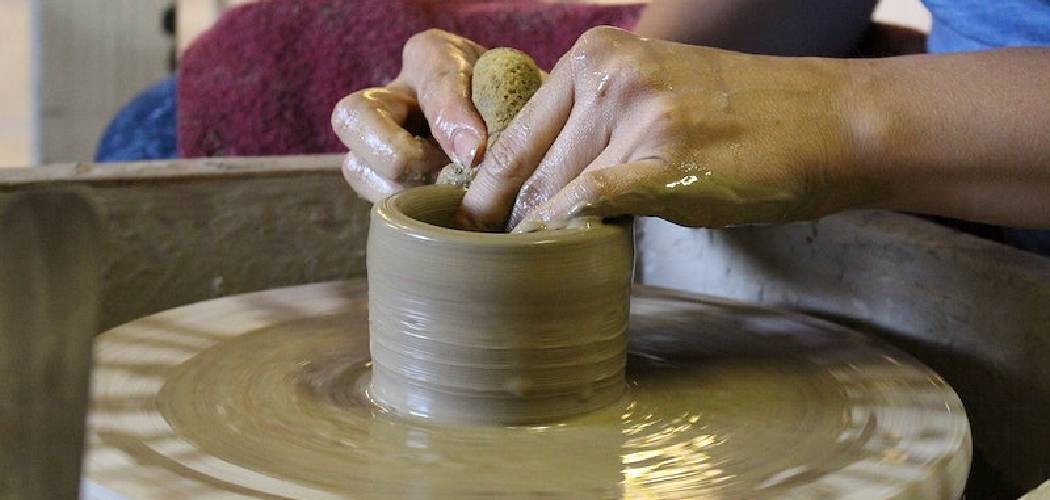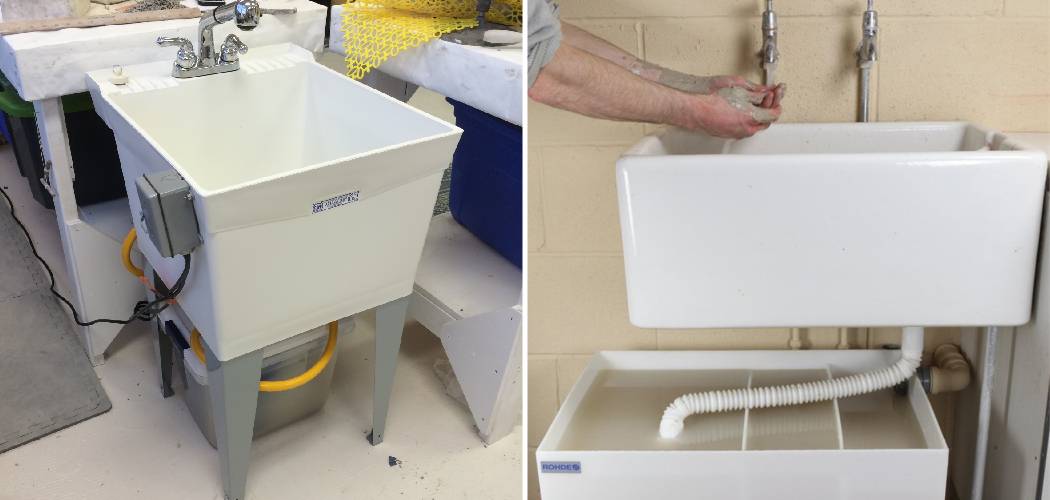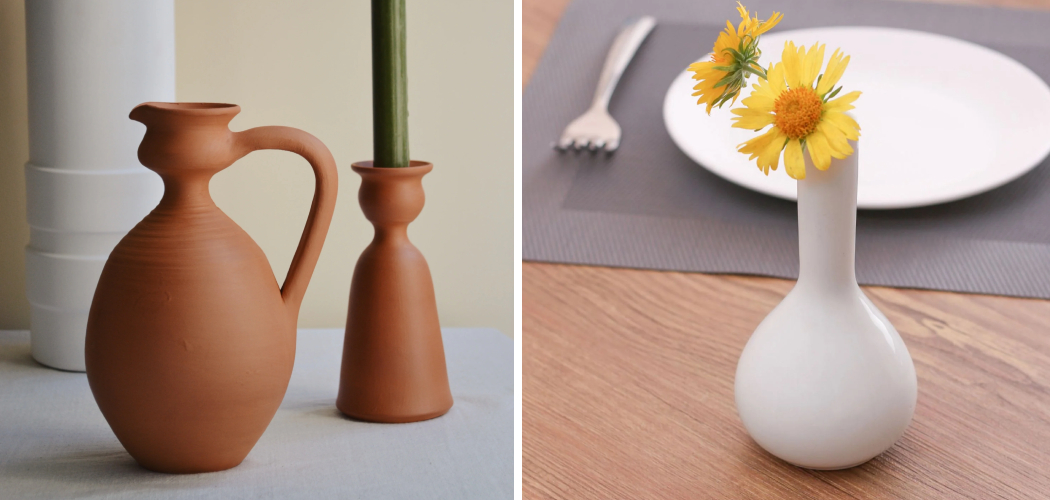Pottery and ceramics are often used interchangeably, but did you know there’s a subtle yet significant difference between the two? While both involve the art of crafting objects from clay, their distinctions lie in their production methods, functionality, and cultural significance. In this article, we’ll delve into the difference between pottery and ceramics, exploring their historical roots, practical applications, and artistic expressions. By the end, you’ll have a clearer understanding of these two captivating forms of artistry and how they shape our world. So, let’s roll up our sleeves and dive into the fascinating realm of pottery and ceramics!
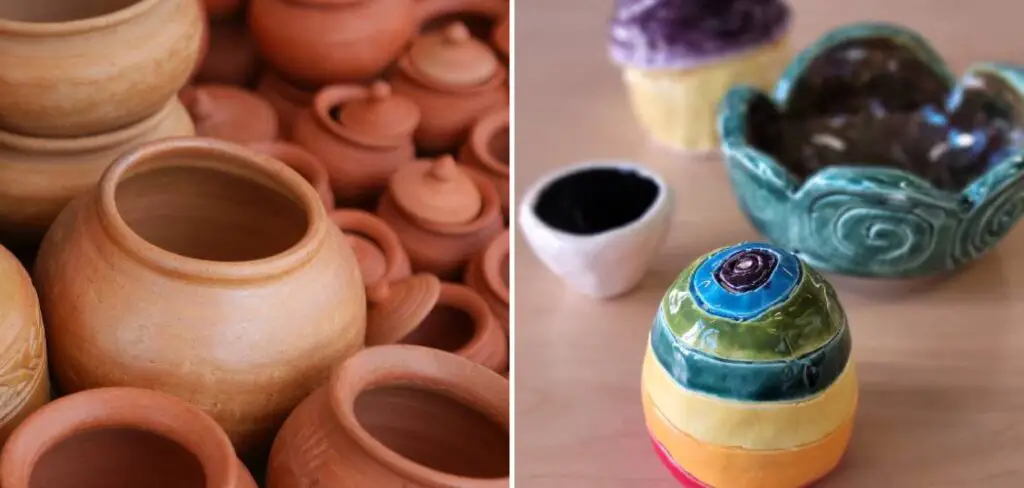
Table of Contents
Ceramics vs Pottery
The primary distinction between ceramics and pottery lies in their composition and the firing process. Ceramics encompass a wide range of products, including pottery, but also tiles, figurines, and even some types of glass and porcelain. The term ‘ceramic’ comes from the Greek word ‘keramikos’, meaning ‘of pottery’ or ‘for pottery’, highlighting its broad application. Ceramics can be classified into different types, such as earthenware, stoneware, and porcelain, based on the clay used and the temperature at which they are fired.
Pottery, on the other hand, is a subset of ceramics that specifically refers to objects made primarily from clay that are then hardened by heat. Historically, pottery has been used for functional ware, such as eating utensils, cooking pots, and storage vessels. Pottery can be further divided into three main categories based on the firing temperature and the finished product’s characteristics: earthenware, stoneware, and porcelain.
The artistic expression found in both ceramics and pottery reflects the cultural importance and technological advancements of the societies that create them. While all pottery is considered ceramic, not all ceramics are pottery. This subtle differentiation highlights the versatility and broad-reaching implications of ceramic art and craft in human history and modern society.
Understanding The Difference Between Pottery and Ceramics
Similarities
While the distinctions between ceramics and pottery are clear, it’s equally important to acknowledge the similarities they share. Both ceramics and pottery are birthed from the earth, and created from clay that is molded, dried, and fired to achieve durability and aesthetic appeal. This fundamental process connects the two, grounding them in the art of transformation – from a malleable earth substance into a solid, functional, and often beautiful object. Craftsmanship and creativity play pivotal roles in both ceramics and pottery, requiring skill, patience, and an artistic touch to evolve a lump of clay into a masterpiece.
Differences
The differences, however, are marked by their composition, functionality, and the scope of objects they encompass. Ceramics serve a broader category, including technologies and products beyond traditional pottery, such as advanced industrial ceramics and biomedical implants. This expansive category is defined by its material properties and the high temperatures required to alter its state. Pottery maintains a focus on traditional clay objects intended for everyday use, embodying a connection to human culture and history through its utilitarian roots.
While all pottery can be considered ceramics, the reverse is not true. The nuanced differences and the shared heritage of these two artistic expressions showcase the diversity and complexity within the field of ceramic arts. They reflect humanity’s ongoing relationship with the earth’s materials, highlighting both functional utility and the endless potential for creativity.
Definition of Pottery
Pottery, at its core, is the craft of forming vessels and other objects with clay and other ceramic materials, which are then subjected to high temperatures in a kiln to harden them. This age-old art form is distinguished not only by its process but also by its purpose. The primary intent behind pottery has historically been the creation of functional items such as bowls, pots, and vases that are used in daily life.
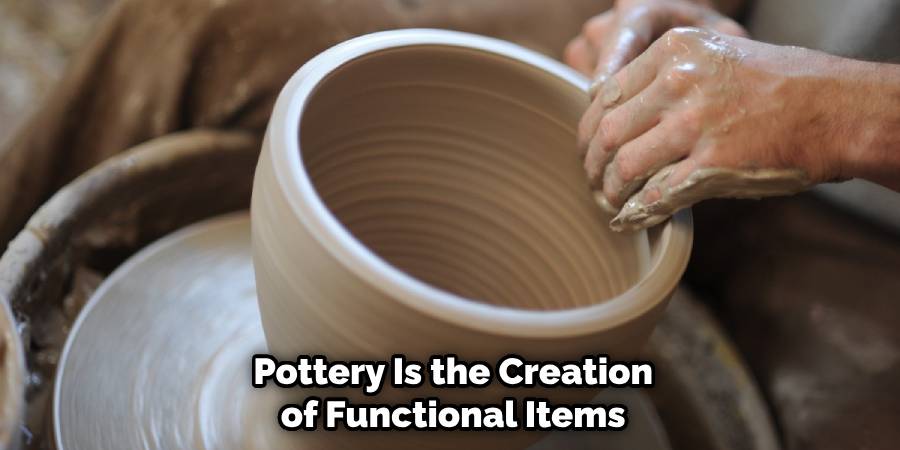
What makes pottery unique is its blend of utility and artistry; each piece tells a story, whether through its form, its glaze, or the hands that shaped it. Pottery is deeply rooted in human civilization, with every culture having its unique style and techniques that have evolved over centuries. Through its three key categories of earthenware, stoneware, and porcelain, pottery encompasses a vast range of aesthetic and practical applications, making it an enduring and beloved form of cultural expression.
Types of Pottery and Type of Clay
Earthenware
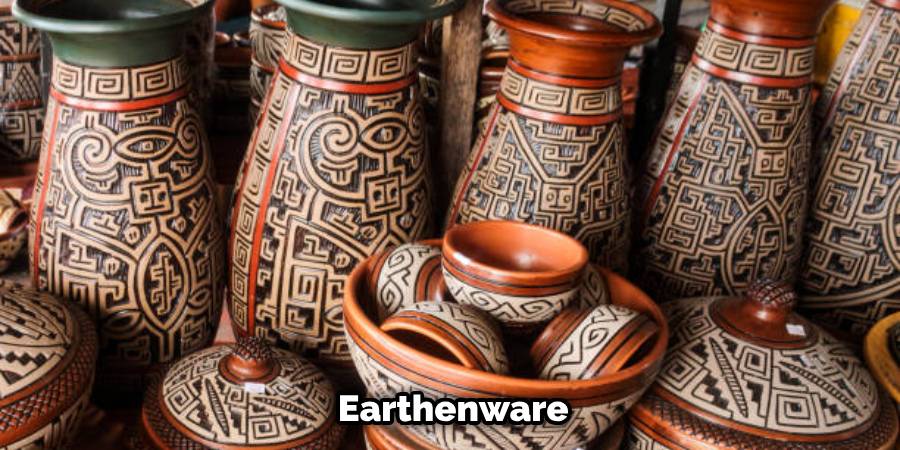
Earthenware is one of the oldest forms of pottery, dating back thousands of years. It’s made from a clay that fires at a relatively low temperature, ranging between 1000°C and 1150°C (1832°F and 2102°F). This results in a porous body which is then often glazed to make it waterproof. Earthenware clays come in a variety of colors, from red to white, depending on the mineral content of the soil from which they’re sourced. Commonly used for decorative and functional pottery, earthenware feels slightly coarse to the touch and has a rustic aesthetic. Its low firing temperature makes it less durable than stoneware and porcelain but highly appealing for its warm, inviting appearance.
Stoneware
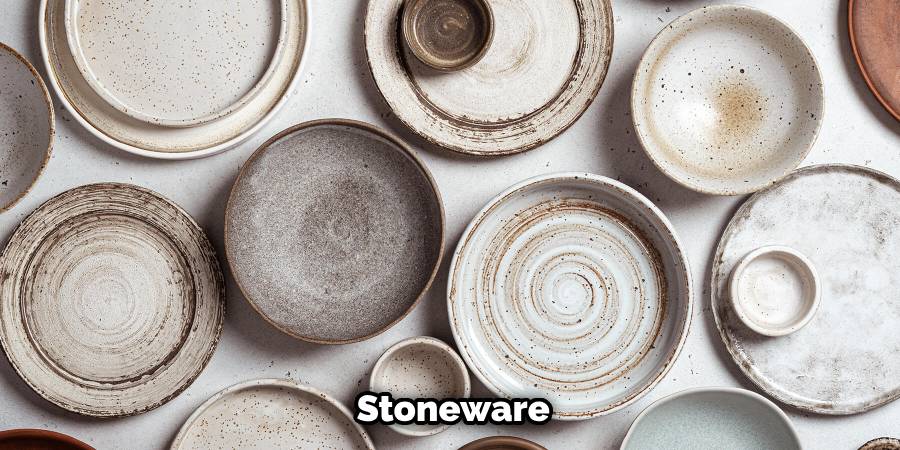
Stoneware represents a middle ground among the ceramic materials, being fired at temperatures ranging between 1200°C and 1300°C (2192°F and 2372°F). This results in a denser, more durable material than earthenware, with a non-porous body that doesn’t necessarily require glazing. The natural color of stoneware varies from light grey to brown depending on the clay used, and its texture can be smooth or rough. It’s frequently used for tableware and other functional items because it’s sturdy and can withstand daily use, making it a popular choice for handcrafted dishes, mugs, and serving pieces.
Porcelain
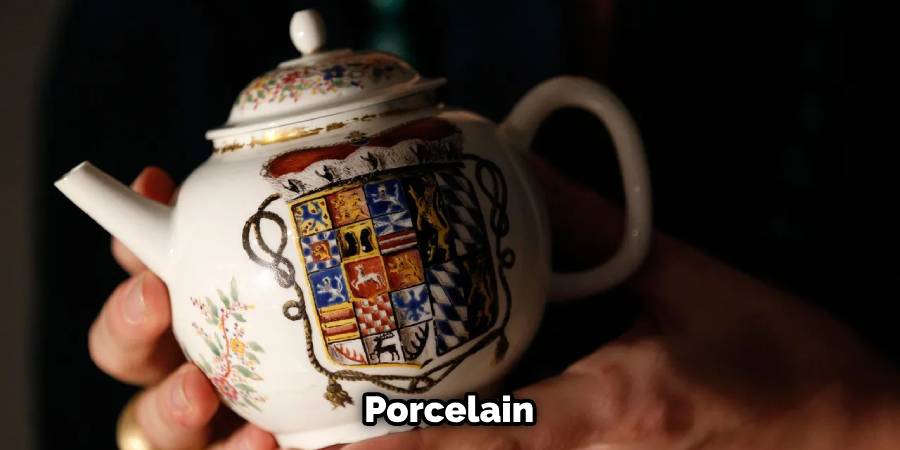
Porcelain is known for its high level of refinement, purity, and the considerable skill required to produce it. It’s made from kaolin, a fine, white clay mixed with other materials, including quartz and feldspar. Fired at the highest temperature range among the three, typically between 1250°C and 1450°C (2282°F and 2642°F), porcelain achieves a glass-like, vitrified state that makes it strong, durable, and translucent. Historically valued for its beauty and delicacy, porcelain is commonly used for fine china, art pieces, and various decorative objects. Its ability to withstand thermal shock also makes it ideal for high-quality cookware and laboratory equipment.
Pottery Techniques and Ideas
Pottery creation involves several key techniques that transform simple clay into stunning, functional art. These techniques, when mastered, provide endless possibilities for creativity and innovation in pottery design.
Throwing
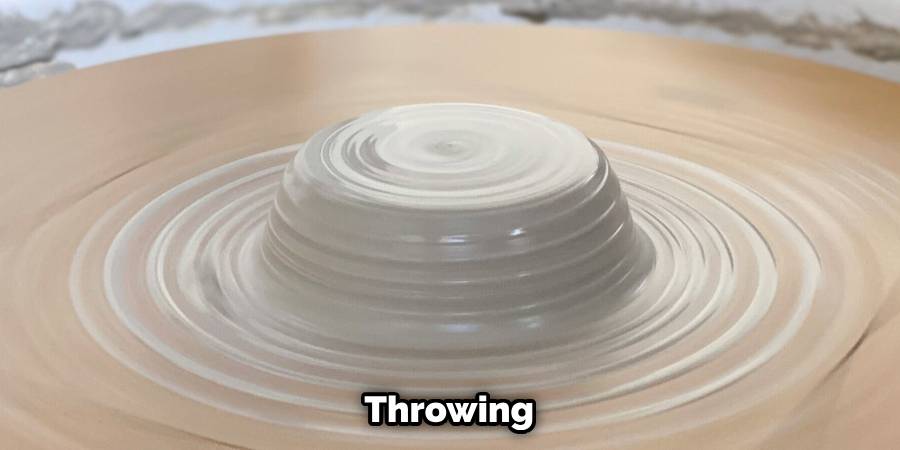
Throwing is a technique used on the potter’s wheel, where a ball of clay is placed at the center of the wheel, which spins. The potter then uses their hands to shape the clay as it turns, allowing for the creation of symmetrical pieces such as bowls and vases. This method requires skill and patience but offers a mesmerizing experience, with the pottery seemingly growing from the potter’s hands. Throwing is ideal for producing uniform pieces and for experimenting with form and volume.
Trimming
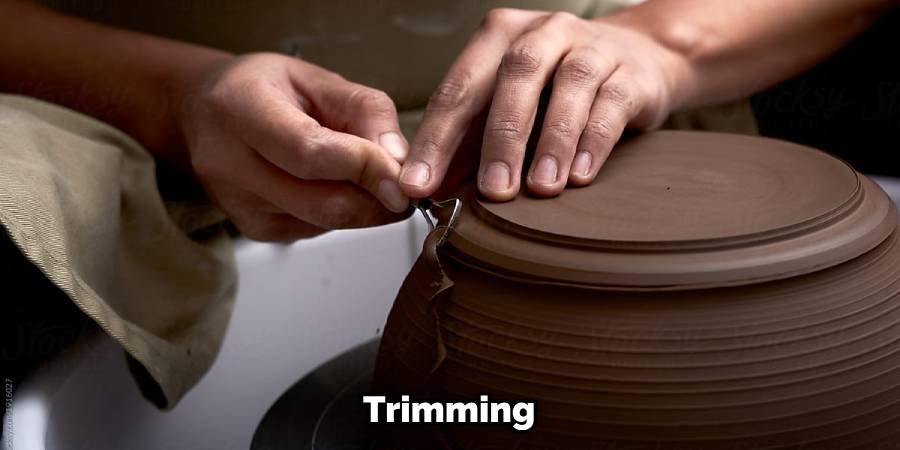
Once the thrown piece has dried to a leather-hard state, the next step is trimming. This involves placing the pottery back on the wheel and carefully removing excess clay from the bottom and sides to refine its shape and smooth its surface. Trimming can also add decorative features such as foot rings or facets. This step is crucial for functional ware, ensuring stability and adding a professional finish.
Bisque Firing
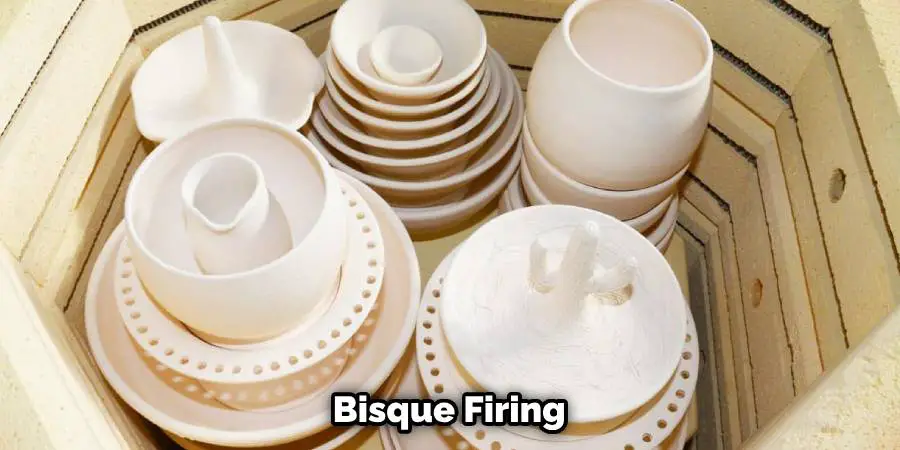
After a piece is shaped and trimmed, it undergoes its first firing, known as bisque firing. This process hardens the clay, making it less fragile and more suitable for glazing. Bisque firing typically occurs at a lower temperature than glaze firing, ensuring that the piece remains porous enough to absorb glazes effectively. This stage transforms the clay into a permanent, ceramic material.
Glazing
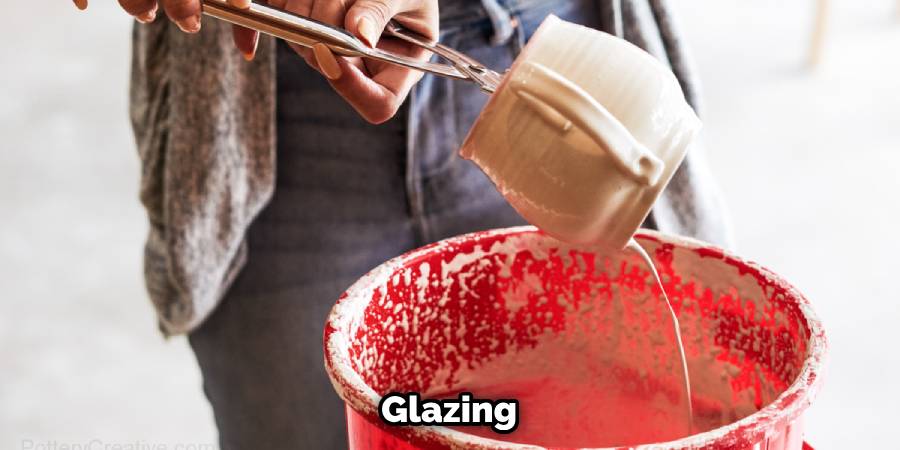
Glazing is the application of a glass-like substance to the surface of bisque-fired pottery, which is then fired again at a higher temperature. Glazes can vary in color, texture, and finish, from matte to glossy, transparent to opaque. The choice of glaze and the application method can drastically change the appearance of a piece, offering limitless aesthetic possibilities. Techniques for applying glaze include dipping, pouring, brushing, and spraying. The second firing melts the glaze onto the pottery, creating a waterproof and often colorful surface.
Definition of Ceramics
Ceramics encompass a broad range of materials, including clay-based pottery, tiles, bricks, and advanced technical ceramics. At its core, the term ‘ceramics’ refers to any item made from non-metallic, inorganic materials that have been permanently hardened by heat. Historically, ceramics were primarily associated with items made from clay and fired in kilns to achieve a durable state.
However, modern advancements have expanded the definition to include materials like glass, cement, and various refractories. These materials are distinguished by their ability to withstand high temperatures, resist corrosion and wear, and offer electrical, thermal, and acoustic insulation properties. In essence, ceramics represent a fusion of art and science, spanning from ancient pottery to cutting-edge applications in engineering and technology.
Examples of Ceramics
Ceramics are incredibly versatile, manifesting in various forms and utilities across both historical and modern contexts. Here are some notable examples:
Pottery and Porcelain Wares
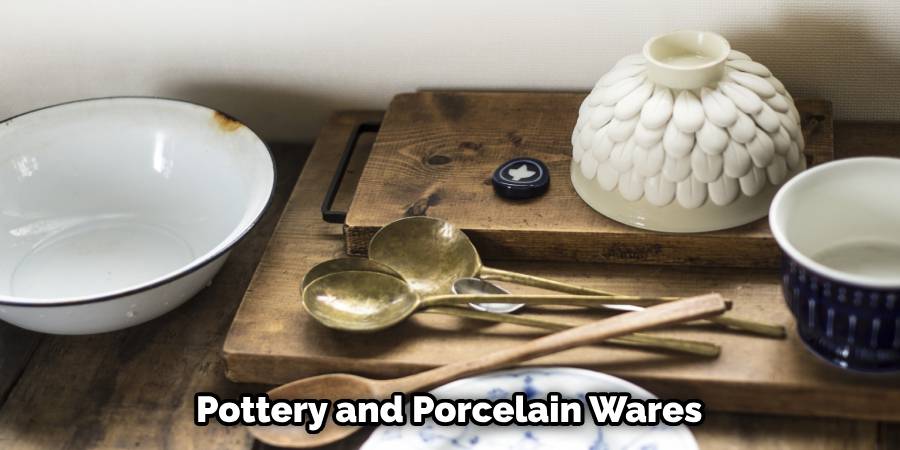
This category includes everyday items such as plates, bowls, mugs, and vases. These pieces are often valued for their beauty and functionality, with porcelain wares particularly prized for their delicate appearance and strength.
Tiles

Ceramic tiles are a staple in decorating and protecting surfaces. From the intricate designs of mosaic tiles to the durability of floor tiles, they serve both aesthetic and practical purposes in homes and public buildings.
Sanitary Ware
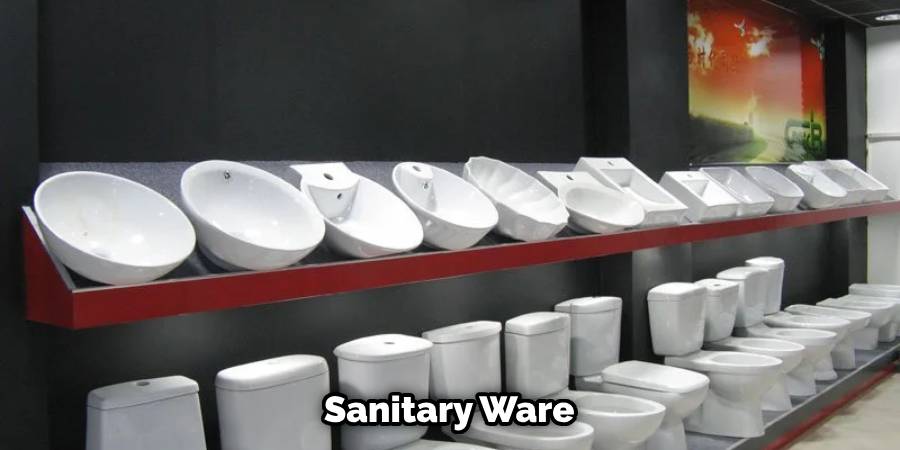
Toilets, bidets, sinks, and bathtubs made from ceramic materials combine hygiene with durability, showcasing ceramics’ resistance to water, chemicals, and wear.
Bricks and Building Materials
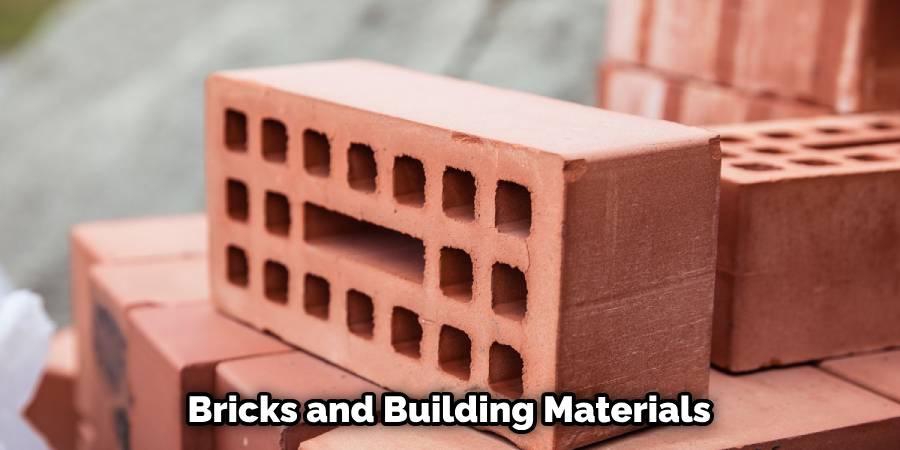
Ceramic bricks have been a fundamental building material for millennia, appreciated for their strength, insulation properties, and longevity. Modern ceramic-based composites are also used in various construction applications, offering enhanced performance characteristics.
Advanced Technical Ceramics
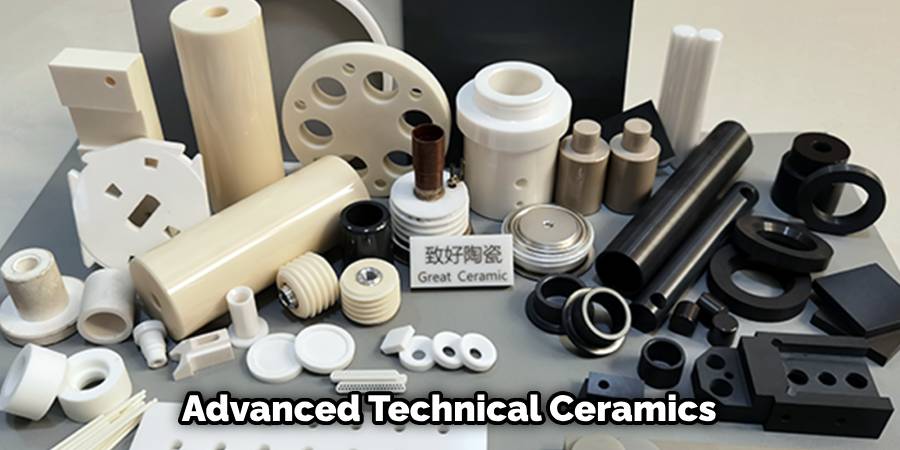
These are employed in a wide range of industrial and technological applications, including semiconductor wafers, insulators in electrical components, ballistic protection in military armors, and bio-medical implants. Their high melting points, low conductivity, and exceptional hardness make them ideal for challenging environments.
Art and Decorative Pieces
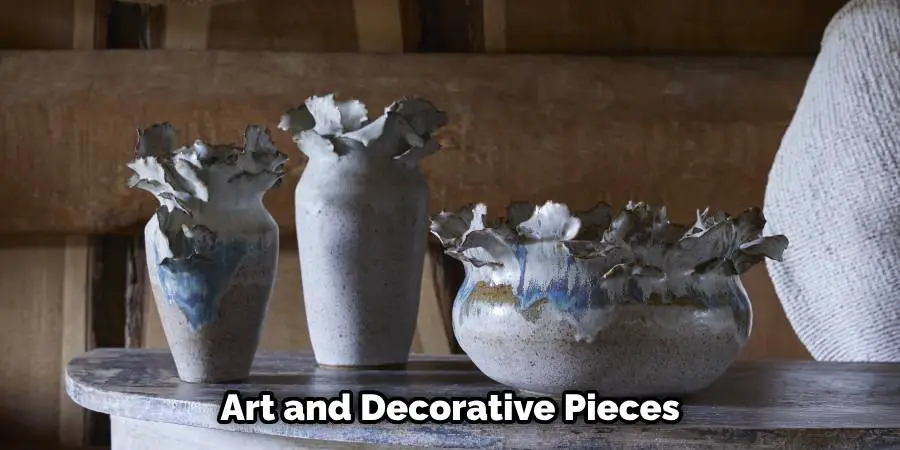
Ceramics have long been a medium for artistic expression, from ancient figurines to contemporary sculptural art. Artists exploit the material’s versatility to produce works that are both beautiful and thought-provoking.
Ceramics Techniques and Ideas
In addition to the more mechanized and equipment-intensive methods such as throwing, the world of ceramics is rich with hand-building techniques that allow for creative freedom and unique expressions in clay. Here are some foundational hand-building techniques and their potential applications:
Hand Building
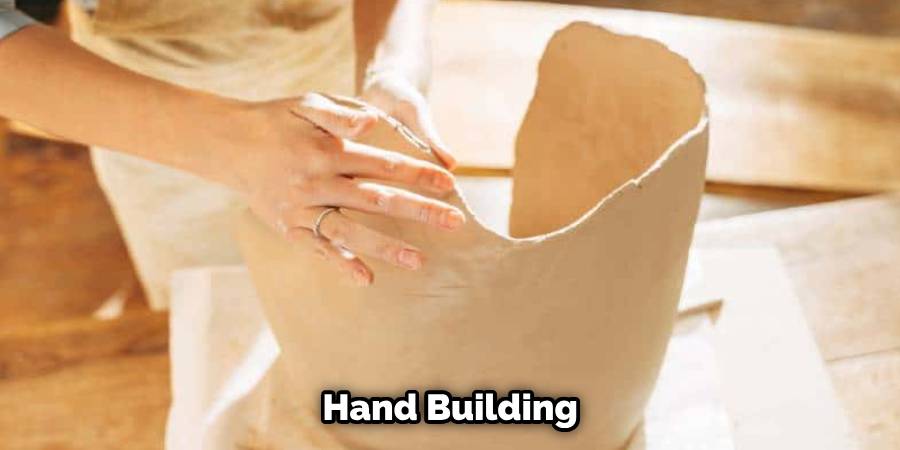
Hand building encompasses a variety of techniques that do not require a potter’s wheel, allowing for more sculptural and irregular shapes. This approach is accessible to beginners and offers a direct connection between the artist’s hands and the clay, fostering a deeper understanding and appreciation of the material’s properties.
Pinching
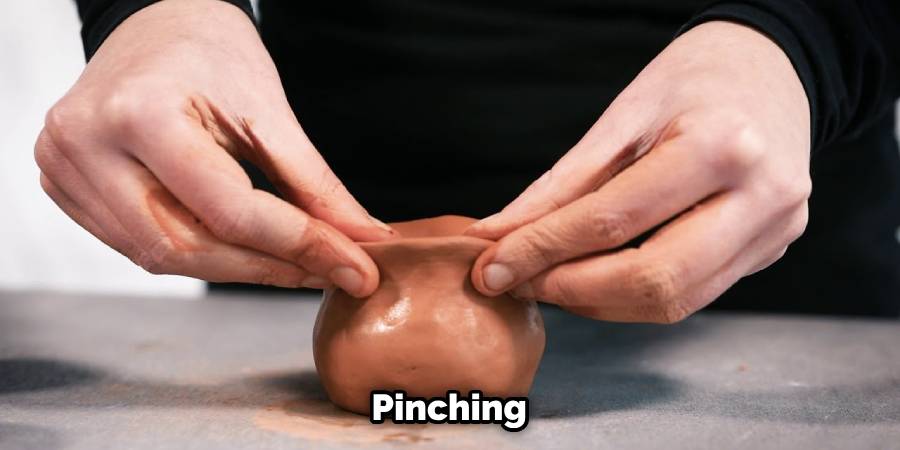
Pinching is one of the simplest and most intimate methods of shaping clay. Starting with a ball of clay, the artist uses their fingers to press and shape the material into pots, bowls, or other objects. This technique is ideal for creating small, delicate pieces with organic, unique forms. The tactile nature of pinching makes it a meditative and highly personal process.
Slab Building
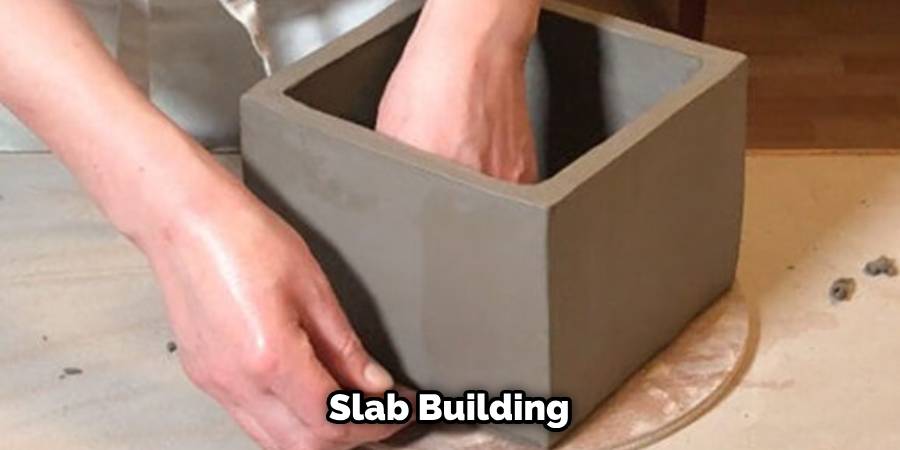
Slab building involves rolling out clay into flat sheets (slabs) and assembling these slabs into objects. This technique is versatile, allowing for the creation of geometric forms, such as boxes and vases, that might be challenging to achieve on the wheel. Slabs can also be textured, carved, or altered before assembly to add decorative elements or to fit complex designs.
Coil Construction
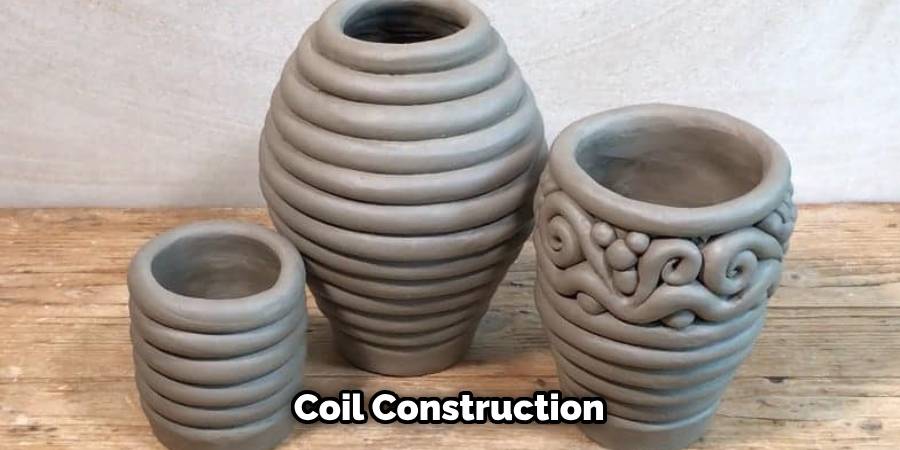
Coil construction is a method where clay is rolled into long, snake-like ropes (coils), which are then stacked and joined to build up walls of vessels or sculptures. This technique offers great flexibility in terms of scale and shape, allowing for the creation of large and elaborate pieces. Coils can be smoothed together to create a seamless surface or left visible for a textured effect.
Slip Casting
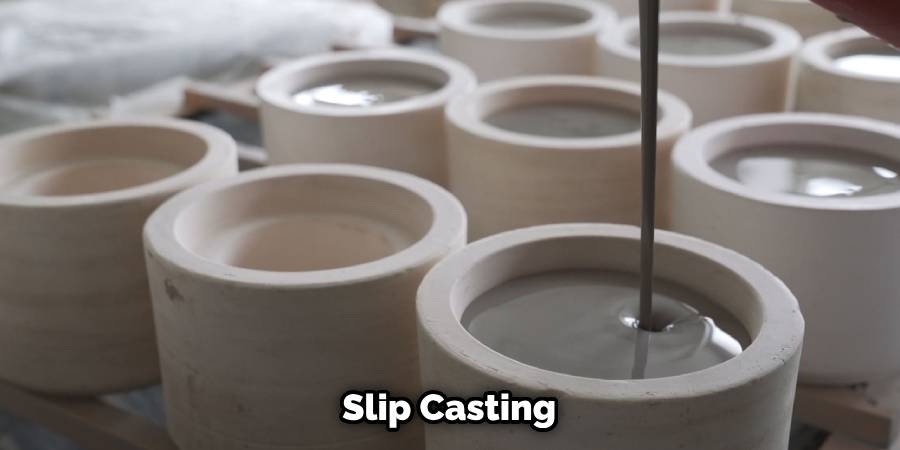
Slip casting is a technique used to create multiple identical pieces using a liquid clay mixture (slip) and plaster molds. The slip is poured into the mold, where the plaster absorbs the water from the slip, leaving behind a clay shell that takes the shape of the mold. Once removed and fired, the result is a lightweight, precise form. Slip casting is particularly useful for producing complex or intricate shapes that would be difficult to achieve by hand or on the wheel.
Texture Differences Between Pottery and Ceramics
Discussing the texture differences between pottery and ceramics requires an understanding that all pottery is ceramics, but not all ceramics are pottery. The term “ceramics” encompasses a wide variety of materials, including pottery, made from inorganic, non-metallic materials hardened by heat. Pottery typically refers to objects made primarily from clay and are a subset of ceramics. The texture of pottery can vary widely depending on the clay’s composition, the techniques used (such as wheel throwing or hand-building), and the firing process. Pottery often has a more tactile, sometimes coarser feel, especially if it is unglazed or has a matte glaze.
On the other hand, the broader category of ceramics includes materials like porcelain, stoneware, and advanced technical ceramics, which can have very different textures. Porcelain, for instance, is known for its smooth, even, and often glossy surface, attributed to its composition and the high firing temperatures. Advanced technical ceramics, used in industrial applications, might prioritize function over aesthetics, resulting in textures that range from ultra-smooth to highly engineered, specific surfaces that serve a particular purpose.
Difference Between Pottery and Ceramics Techniques
While pottery and ceramics often fall under the same broad umbrella in the world of art and materials science, there are distinct differences in the techniques commonly associated with each. Pottery typically involves techniques rooted in tradition and hands-on processes, including wheel throwing and hand-building methods like coiling and pinching. These methods have been honed over centuries, emphasizing the physical connection between the potter and the clay.
In contrast, ceramics techniques, while including all those used in pottery, also extend into more technologically advanced and industrial processes such as slip casting, tape casting, and isostatic pressing. These methods allow for the production of pieces with precise dimensions and properties, suited not only to artistic expression but also to technical applications such as in electronics, aerospace, and medicine.
The distinction lies not just in the end products but in the intention and processes behind them, with pottery often focusing on the aesthetic and functional aspects of the craft, and ceramics encompassing a wider range of materials and purposes, including those demanding exacting specifications and properties.
Conclusion
In conclusion, the vast and intricate world of clay arts, encompassing both pottery and ceramics, presents an array of techniques and traditions that have evolved over millennia. From the hands-on intimacy of pinching and coil construction to the precision of slip casting and advanced industrial methods, these practices offer artists and craftsmen a diverse palette of creative possibilities.
Whether one is drawn to the tactile, organic forms of hand-built pottery or the sleek precision of advanced ceramics, the underlying principles of transformation and expression through earth, water, and fire remain constant. This rich heritage not only connects us to the earliest human civilizations but also propels us into future innovations in both art and technology. Thanks for reading, and we hope this has given you some inspiration on the difference between pottery and ceramics!
